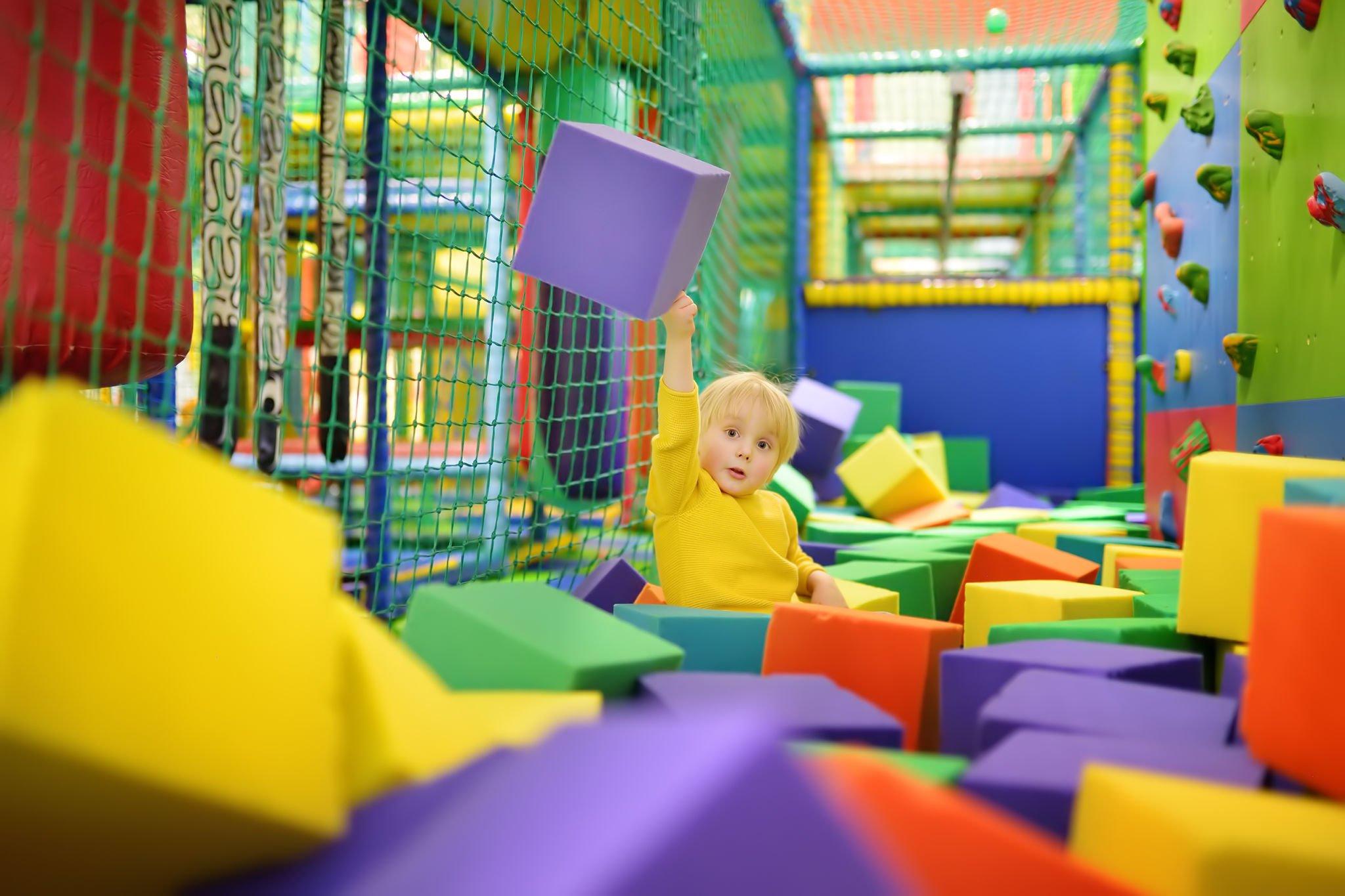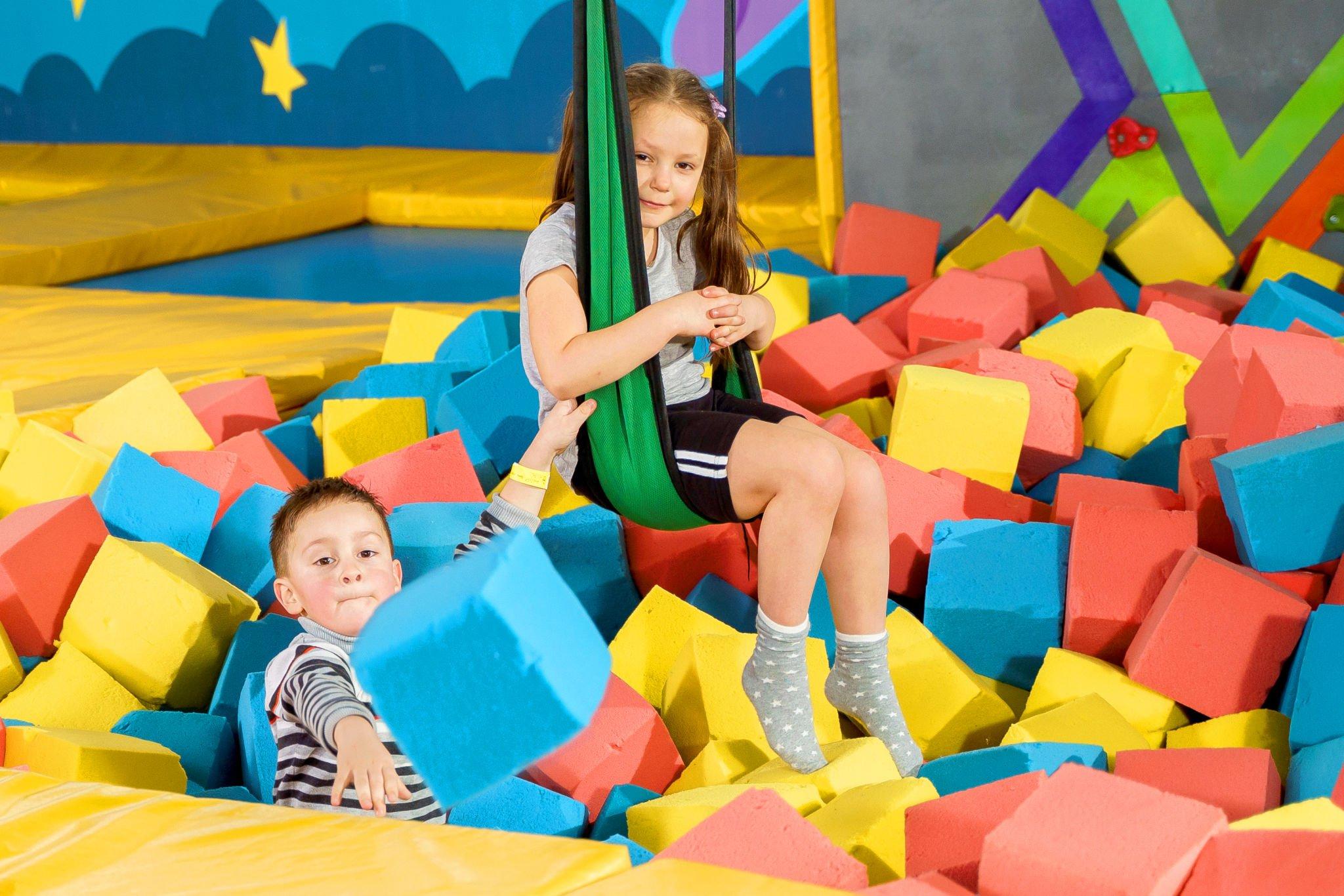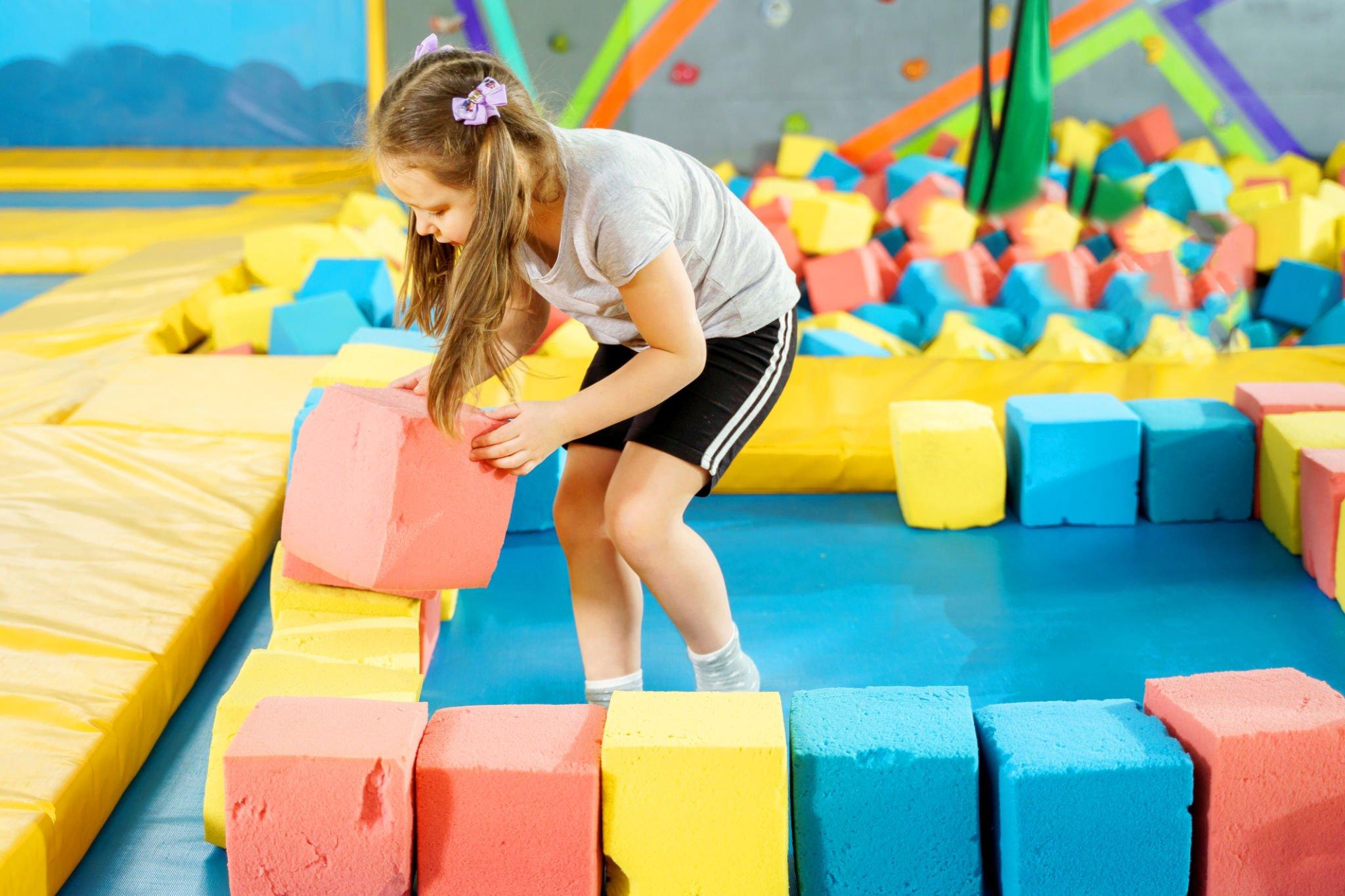Spatial intelligence is all about how well a person perceives their surroundings and their body’s position in space. It includes things like understanding distance and directions. People with excellent spatial awareness can be successful athletes, architects, photographers, or designers. Children are born with the natural tendency to explore, which makes infancy and toddlerhood the right times to start working on their spatial awareness.

If you’d like to help your little one develop important spatial skills, it’s best to start early and go step by step. Here are some areas to focus on so your child has the best chance of developing excellent spatial abilities.
1. Use spatial vocabulary
When explaining the location of an object, it’s preferable to use specific vocabulary instead of just saying something is “there”. Using expressions like “on”, “under”, “behind”, and “on the left” helps the child understand the relations between objects in their environment. When you describe the positions of objects in detail, children find it easier to create a complex spatial map in their minds. You should also encourage them to do the same when explaining where something is.
2. Teach them how to play chess
To be good at chess, you need to think a few steps ahead and visualize how moving the pieces across the board will affect the overall outcome of the game. They’ll need to be able to think of different combinations on the board, which helps their spatial skills. School-age children will have lots of fun playing and competing because they’re old enough to appreciate the intricacies of chess. And they’ll be learning in the process.

3. Encourage them to exercise
Sports put a person’s spatial abilities on display, and they’re also the best way to practice them. You should expose them to different types of exercise so that they can find one that they love. Team sports, like basketball, are excellent when it comes to learning how to judge the distances and positions of the ball and other players. However, children don’t need to play organized sports to boost their spatial skills. Playing at a fun park packed with equipment like climbing walls and ninja courses is an amazing way to develop strength, agility, and spatial awareness.
4. Teach them to use maps
Looking at maps can be super fun because you can think up interesting stories about the places on the map and fantasize about visiting faraway places. It’s especially exciting if you’re preparing for a trip to the city you’re looking at. Let them find a location on the map and find the fastest way to get there from your hotel. Using Google’s street view is also a good idea so they can see what the streets on the map actually look like in real life.

5. Solve puzzles
Kids’ puzzles boost brain activity and keep young minds fast and agile. You can find fun brain teasers online so that your kids can develop their reasoning skills with age-appropriate activities. There are many apps you could download that can boost spatial development. If you’d like to reduce your children’s screen time, there are other options, like Rubik’s cubes and Montessori-style educational toys.
6. Draw together
Tell your child to draw a map of your house or neighborhood. If they prefer, they could also draw other places they’ve been to, like the beach or the park. Most children love drawing, and they’ll spend hours getting all the details just right. This is excellent practice for their spatial memory. Later you can ask them to describe the drawing using precise spatial vocabulary.
